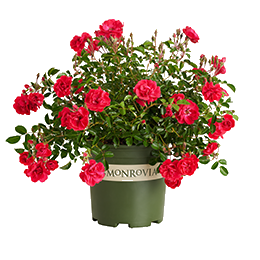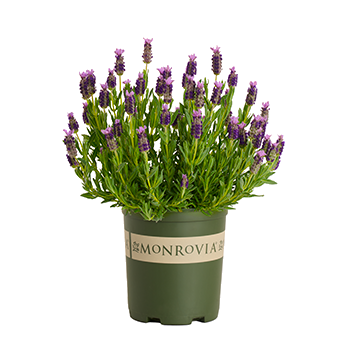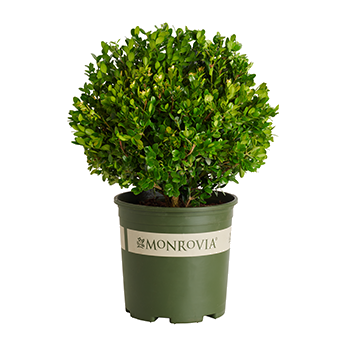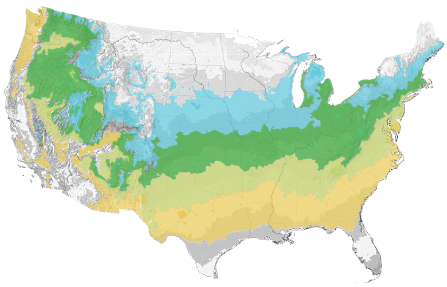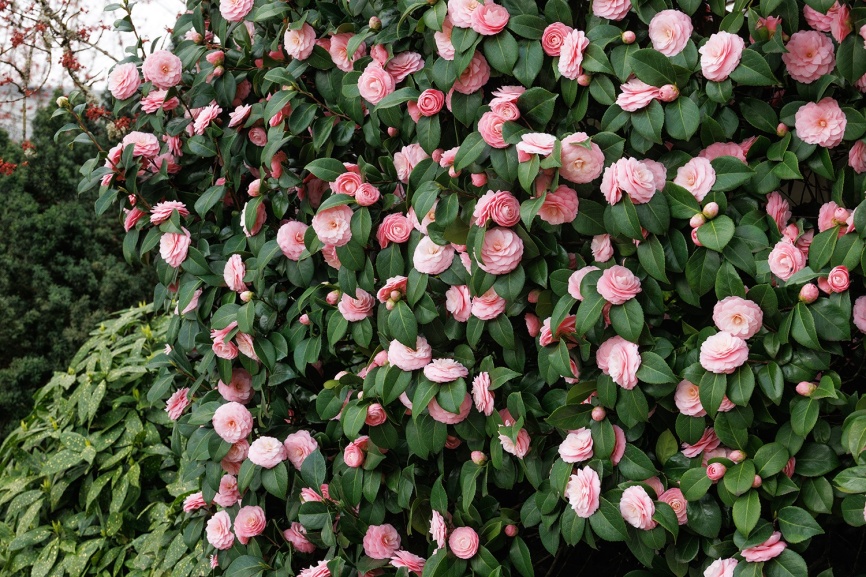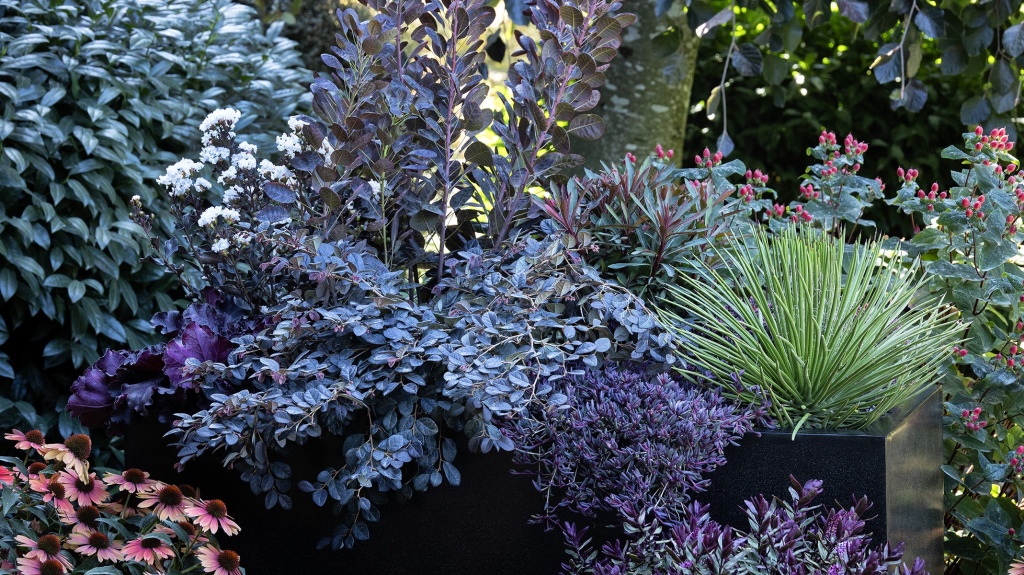You're growing in this Zip Code:
Change LocationDiscover Plants for Your Area
Lord Roberts Rhododendron
Rhododendron x 'Lord Roberts' (H-2)
Retailers Near You
| Description | Dense-growing evergreen shrub valued for its large trusses of showy flowers. Prefers cooler regions but some protection from winter wind is helpful. Does best in sun. Use as an accent or specimen. |
|---|---|
| Bloom Time | Spring |
| Deciduous/Evergreen | Evergreen |
| Special Features | Easy Care |
| Problems/Solutions | Coastal Exposure |
| Growth Rate | Moderate |
| Growth Habit | Rounded |
| Flower Attributes | Showy Flowers |
| Landscape Use | Border, Hedge |
| Design Ideas | This Rhododendron tolerates more sun than most, so feel free to combine it with most any favored flowering shrub. Dense foliage makes good foundation planting or hedge. May be planted as a single accent or grouped in islands around the edges of sparsely canopied trees. Ideal for separating driveways or front yards. Plant where it gets enough sun to backlight the flowers, which will make the gorgeous color pop. |
| Flower Color | Red |
| Foliage Color | Green |
| Companion Plants | Hydrangea (Hydrangea); Coral Bells (Heuchera); Astilbe (Astilbe); Lily of the Valley (Pieris); Azalea (Azalea); Bleeding Heart (Dicentra) |
| Care Instructions | Provide organically rich, well-drained, acidic soil. Apply a thick layer of mulch to keep roots cool, avoiding the crown. Avoid harsh afternoon sun exposures and shelter from drying winter winds. Water deeply and regularly during the first growing season to establish an extensive root system. Feed with an acid fertilizer after bloom. |
| History | The genus Rhododendron is grouped into the heath family, Ericaceae which contains many acid soil loving species. Rhododendron was named and classified by Linnaeus who named it from the Greek for rose tree. This genus also contains shrubs commonly called azaleas within its 800 Rhododendron species and thousands of hybrids. The species are native to temperate areas of the Northern Hemisphere but are most abundant in the Himalayas and other mountains of Asia. This rhodie is of uncertain parentage but is suspected to be an American catwabiense. Lord Roberts, named for a famous British military leader was introduced by Fromow and Chiswick before 1900 and later registered by Mason in 1958. |
| Lore | Rhododendron was named and classified by Linnaeus who named it from the Greek for rose tree. |
| Description | Dense-growing evergreen shrub valued for its large trusses of showy flowers. Prefers cooler regions but some protection from winter wind is helpful. Does best in sun. Use as an accent or specimen. |
|---|---|
| Bloom Time | Spring |
| Deciduous/Evergreen | Evergreen |
| Special Features | Easy Care |
| Problems/Solutions | Coastal Exposure |
| Growth Rate | Moderate |
| Growth Habit | Rounded |
| Flower Attributes | Showy Flowers |
| Landscape Use | Border, Hedge |
|---|---|
| Design Ideas | This Rhododendron tolerates more sun than most, so feel free to combine it with most any favored flowering shrub. Dense foliage makes good foundation planting or hedge. May be planted as a single accent or grouped in islands around the edges of sparsely canopied trees. Ideal for separating driveways or front yards. Plant where it gets enough sun to backlight the flowers, which will make the gorgeous color pop. |
| Flower Color | Red |
| Foliage Color | Green |
| Companion Plants | Hydrangea (Hydrangea); Coral Bells (Heuchera); Astilbe (Astilbe); Lily of the Valley (Pieris); Azalea (Azalea); Bleeding Heart (Dicentra) |
| Care Instructions | Provide organically rich, well-drained, acidic soil. Apply a thick layer of mulch to keep roots cool, avoiding the crown. Avoid harsh afternoon sun exposures and shelter from drying winter winds. Water deeply and regularly during the first growing season to establish an extensive root system. Feed with an acid fertilizer after bloom. |
|---|
| History | The genus Rhododendron is grouped into the heath family, Ericaceae which contains many acid soil loving species. Rhododendron was named and classified by Linnaeus who named it from the Greek for rose tree. This genus also contains shrubs commonly called azaleas within its 800 Rhododendron species and thousands of hybrids. The species are native to temperate areas of the Northern Hemisphere but are most abundant in the Himalayas and other mountains of Asia. This rhodie is of uncertain parentage but is suspected to be an American catwabiense. Lord Roberts, named for a famous British military leader was introduced by Fromow and Chiswick before 1900 and later registered by Mason in 1958. |
|---|---|
| Lore | Rhododendron was named and classified by Linnaeus who named it from the Greek for rose tree. |
Retailers Near You
About Us
We have been pioneers and craftsmen in the art of growing plants for nearly
100 years. Since our founding in Southern California by Harry E. Rosedale, Sr.
in 1926, we have been absolutely dedicated and obsessed with quality.
We have been pioneers and craftsmen in the art of growing plants for nearly 100 years. Since our founding in Southern California by Harry E. Rosedale, Sr. in 1926, we have been absolutely dedicated and obsessed with quality.
